-
TrackoBit
Manage commercial vehicles with the new-age Fleet Management Software
TrackoBit -
TrackoField
Streamline your scattered workforce with Field Force Management Software
TrackoField -
Features Resources
-
Blog
Carefully curated articles to update you on industrial trends. -
White Paper
Insightful papers and analysis on essential subject matters. -
Glossary
Explore an alphabetical list of relevant industry terms. -
What’s New
Get TrackoBit & TrackoField monthly updates here. -
Case Study
Explore the cases we solved with our diverse solutions. -
Comparisons
Compare platforms, features, and pricing to find your best fit.
-
About Us
Get to know TrackoBit: our team, ethos, values, and vision. -
Careers
Join the most dynamic cult of coders, creatives and changemakers. -
Tech Support
Learn about our technical support team and services in detail. -
Events
Check out the exhibitions where we left our marks and conquered. -
Contact Us
Connect with us and let us know how we can be of service.
Adverse Impact of Inflation on Delivery Services – How to Mitigate it?
- Author:Nandita Gupta
- Read Time:7 min
- Published:
- Last Update: February 4, 2025
Table of Contents
Toggle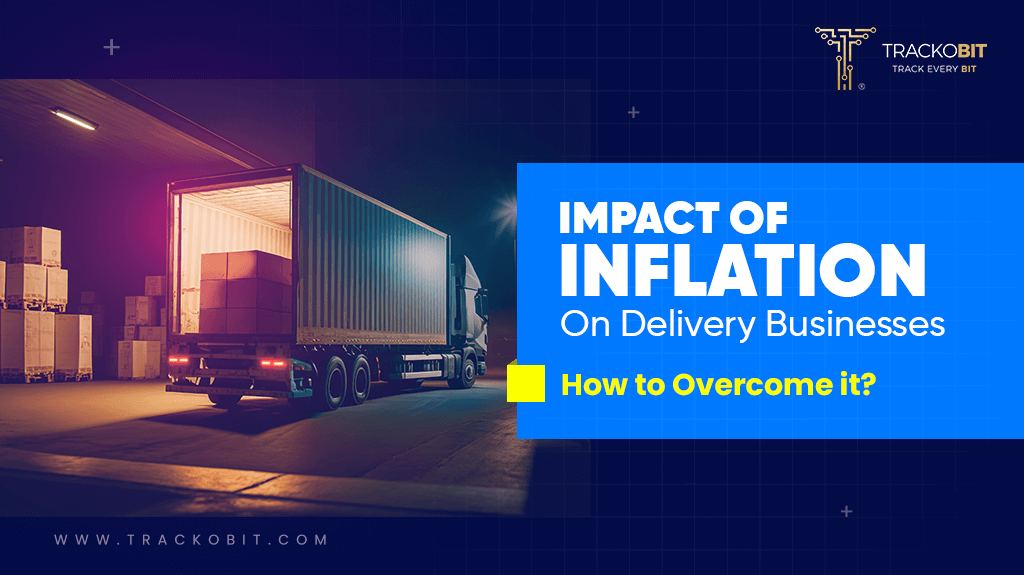
Discover how inflation affects delivery businesses’ logistics and supply chains. And learn how last-mile delivery software helps keep margins intact even during a booming period.
Table of Contents
Toggle
Whenever the prices and costs in any country rise, indigenous produces are affected the most. No one can predict inflation. A slight increase in the exchange rate or even more currency flowing in the market leads to heavy inflationary pressure.
Its impact is mainly evident in sectors where consumer demand is of great dominance. For example, the food industry or any fast-paced delivery services. From the smallest grocery stores to complex third-party delivery services, everyone faces mounting pressure when the supply chain hits with increased costs.
Let’s understand what is the deep-rooted impact of inflation on delivery services. Plus, we will also identify the solutions to mitigate or curb their impact. So that no last-mile delivery business takes home less profit margins.
Impact of Inflation on Delivery Services – How it Eats up Supply Partners Margin?
Inflation in any context is threatening. Even a slight rise in the price of any aspect of dispatching, transportation, labour, and packaging can have a profound impact on delivery services. In the following, let’s discuss how inflation, directly or indirectly impacts delivery services:
1. More Operating Expenses
Inflation spikes the price of different operating variables, like wages, salaries, warehouse holding costs, fuel prices, etc. All these expenses when clubbed, add heavily to the total operating costs.
Delivery businesses face the heat when the inflationary pressure increases. There it impacts their profitability and demands adjustments in the pricing strategies.
2. Increased Cost of Goods and Services
More operational costs mean increased prices of goods and services. Inflation impacts the price of fuel, vehicle maintenance, and operational expenses. Due to increased product costs, brands rely on cost-push inflation. Hence, this leads to increased costs of the products and services. Which is further charged by customers through the offering of inflated goods and services.
3. Riders on More Long-Tiring Shifts
🔍 During the inflationary pressure, an Indian long-shift food delivery executive who works for 11 hours a day, on average, earns just a meager INR 90.96 ($1.1) per hour. This makes them unable to meet current household expenditures.
With fuel costs and other operational expenses surging up, delivery riders or executives find it difficult to manage their monthly expenditures. Irrespective of the brand or company they work for.
The solution is to go for a balanced approach where the nature of the rider’s work is stable and not decreased even during such a booming period.
The NCAER is urging the government to identify a more balanced approach while formulating policies in the gig economy. They are pledging for more flexibility in the gig ecosystem while asking for improved working conditions for workers.
Read Blog – Why ePODs in Logistics are Important?
4. Additional Pricing and Fees
Delivery companies, in the inflated economy, are often required to adjust their pricing models or charge additional fees to stabilize this impact. This means that the companies helplessly prefer charging higher product prices or delivery fees from customers.
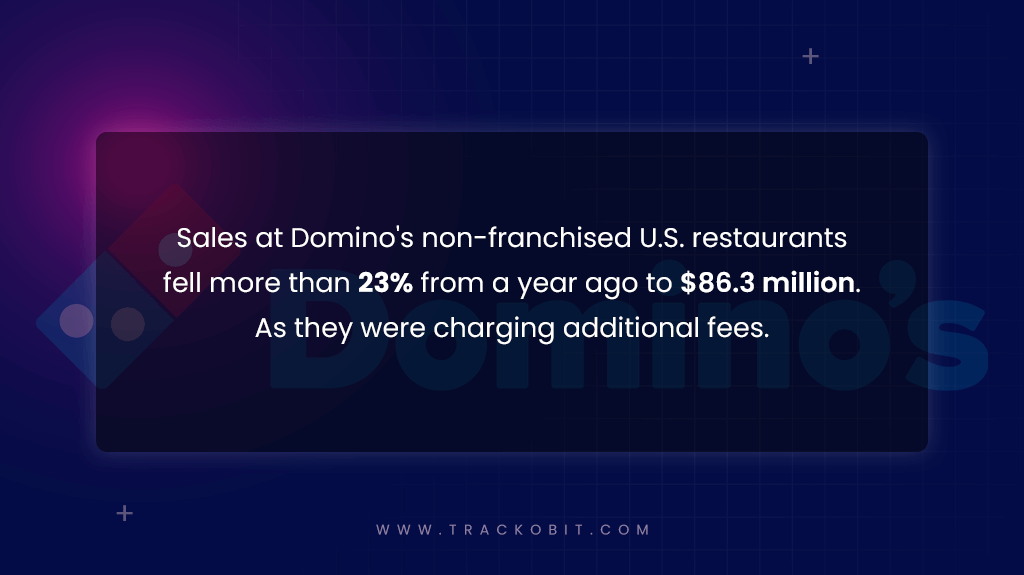
5. Change in Consumer Behavior
Believe it or not, Inflation significantly alters consumer behavior. In such an event, people turn more cost-conscious and prefer to look for cheaper alternatives. It’s a scary situation for delivery services. This could result in:
- The high shift toward cheaper delivery options.
- Brands facing fewer deliveries per order with more consolidation of orders.
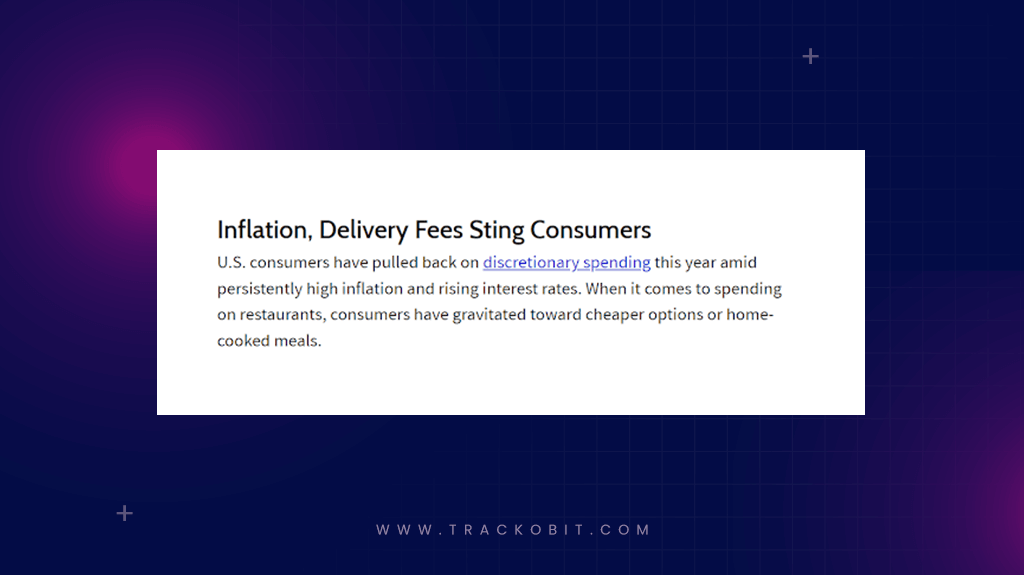
6. Supply Chain Challenges (become more challenging)
Inflationary pressures deeply impact the supply chains, resulting in significant hikes in costs, making everything right from raw materials to transportation pricier. It even causes delays in processes and shortages of resources. All in all, it deeply impacts pricing, last-mile logistics and how companies manage their supplies.
This significantly hinders the timely delivery of goods and services, putting operational efficiency and customer satisfaction at the backseat.
| 💡 How to Handle Inflationary Pressure?
When inflation sets in, delivery businesses must optimize costs, possibly by adjusting pricing strategically. Investing in route planning and technical advanced last-mile delivery software solutions can help mitigate rising expenses while sustaining service quality. |
Mitigate the Impact of Inflation on Delivery with Route Optimisation Software
Route optimization in the context of last-mile delivery can significantly reduce the impact of inflation by improving efficiency and reducing operational costs. Here’s how it helps:
1. Fuel Efficiency
Reduces mileage and fuel spending!
The route optimisation software by TrackoMile enables businesses to optimise delivery routes to further minimise unnecessary mileage and idle time. Doing this further helps reduce fuel consumption. It will be a big relief as fuel takes almost 80% of the total operations costs. Cutting fuel consumption and costs will allow delivery businesses to stay protected from the impact of inflation.
2. Optimized Resource Allocation
Less vehicle maintenance and acquisition costs!
During inflation, transportation becomes a costly deed. There, route optimization software helps find the most efficient routes by factoring 120+ variables like traffic conditions, delivery windows, and package sizes, vehicle skill and more to allocate resources effectively. Doing this helps minimise the number of vehicles for deliveries and bring down costs related to vehicle acquisition and maintenance.
3. Reduced Vehicle Wear and Tear
The software helps minimise the distance and time required to travel between destinations. It eventually helps reduce the wear and tear on delivery vehicles. Further, this helps reduce maintenance costs; while ensuring that the vehicles remain functional for longer periods without causing any significant repair expenses due to frequent use.
What More it Helps With…
4. More Deliveries (fewer costs per order)
When you plan more efficient routes, you reduce delivery times as you align your delivery vehicles on more time-saving routes. This lets you complete deliveries right on or before time. You get time to accommodate more orders and deliveries at the cost of the same resources. The saved time also implies fewer labor hours required for deliveries, helping you save on rising labour costs in the inflationary period. 
5. 10x…Positive Customer Experience
Inflationary pressure makes you lose customers. But by planning efficient routes, you can save on operational costs and won’t necessarily have to burden customers for it. All you would get is satisfied customers who:
- Won’t have to pay for added costs or fees
- Would get orders deliveries at a faster turnaround
This way, you are likely to generate repeat business, which will eventually help you improve your revenue streams despite inflationary pressures.
By implementing route optimization strategies, businesses can mitigate some of the cost increases associated with inflation in the last-mile delivery sector. This optimization helps streamline operations, reduce overheads, and maintain competitive pricing, which in turn helps cushion the impact of inflation on the overall cost structure.
Final Takeaway!
Inflation spares no one. It instills a deep-rooted impact on delivery businesses’ logistics and supply chains. Since inflation is uncalled for and no economist can predict it, it’s just that delivery businesses stay prepared ahead of time. How? By choosing effective last mile delivery solutions like TrackoMile that come packaged with:
- Route optimisation solutions (so you can reduce mileage in the wake of high fuel costs).
- Rider roster (so you can manage multiple riders efficiently without dragging them to long-tiring shifts).
- Capacity Management rule engine (so you can fearlessly plan consolidated orders and save costs per order).
Want to explore more? How about we give you a free demo?
FAQs on the Impact of Inflation on Delivery Services
-
What is inflation?
Inflation is a period when the prices of goods, services, or raw materials rise either due to changes in fiscal policies or positive cash flow in the economy.
-
How to mitigate the impact of Inflation on delivery services?
Delivery businesses must invest in last-mile delivery software that helps optimize delivery routes, dispatching processes, and capacity planning. All this together will help curb the negatives of inflation.
-
How does inflation affect logistics?
Inflation impacts logistics' operational costs, resulting in heavy extortion of prices from customers. As a result, this leads to lowered demand for goods or services.
Nandita is the Team Lead for Content Marketing at TrackoBit, bringing over a decade of experience in B2B, B2C, and IoT sectors. She has a proven track record of helping Read More
Related Blogs
-
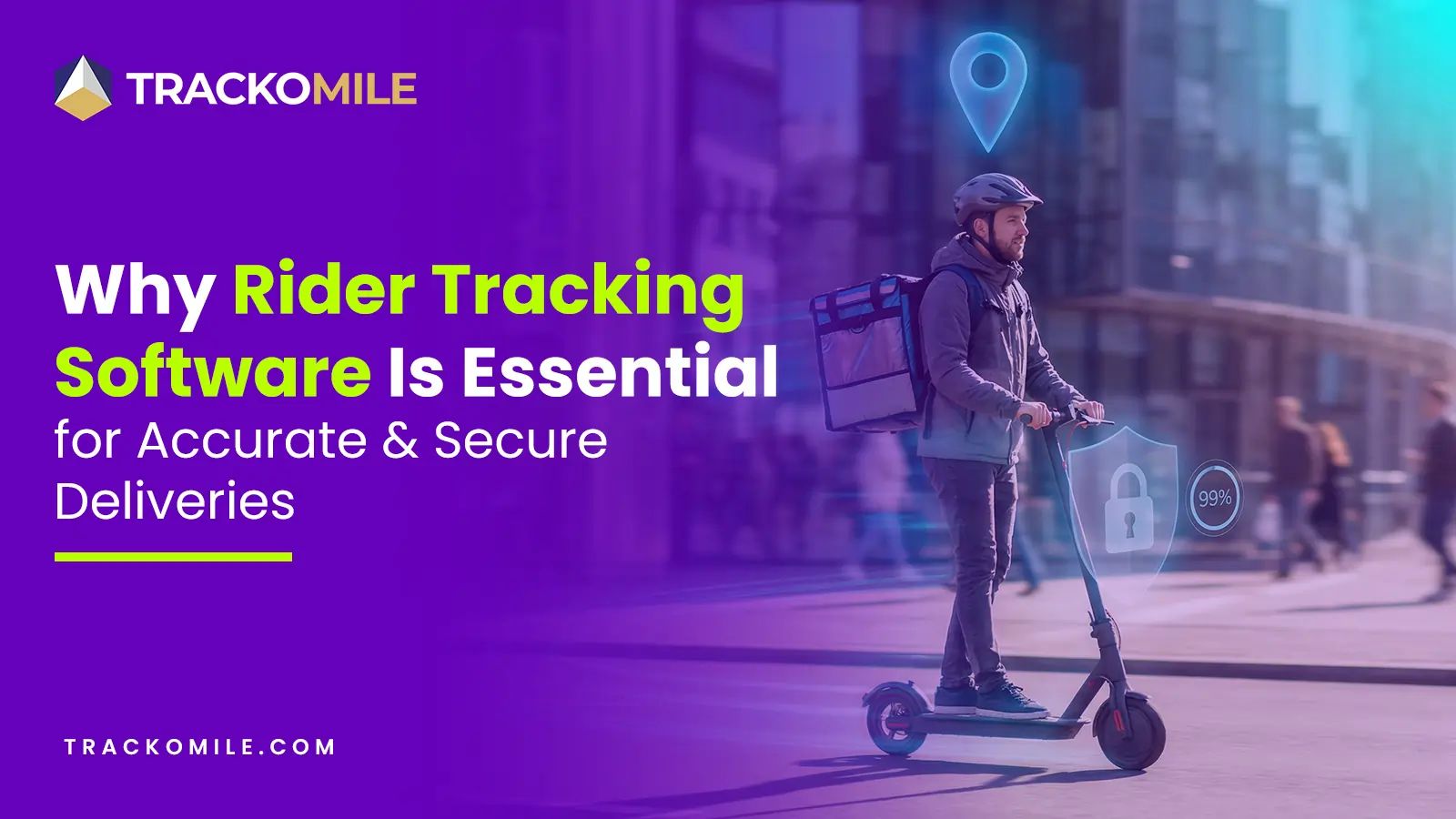
How Rider Tracking Software Improves Delivery Accuracy and Reduces Fraud
Tithi Agarwal December 8, 2025Rider tracking software improves delivery accuracy with real-time GPS visibility and automated ePOD. It also enables route optimisation and fraud…
-
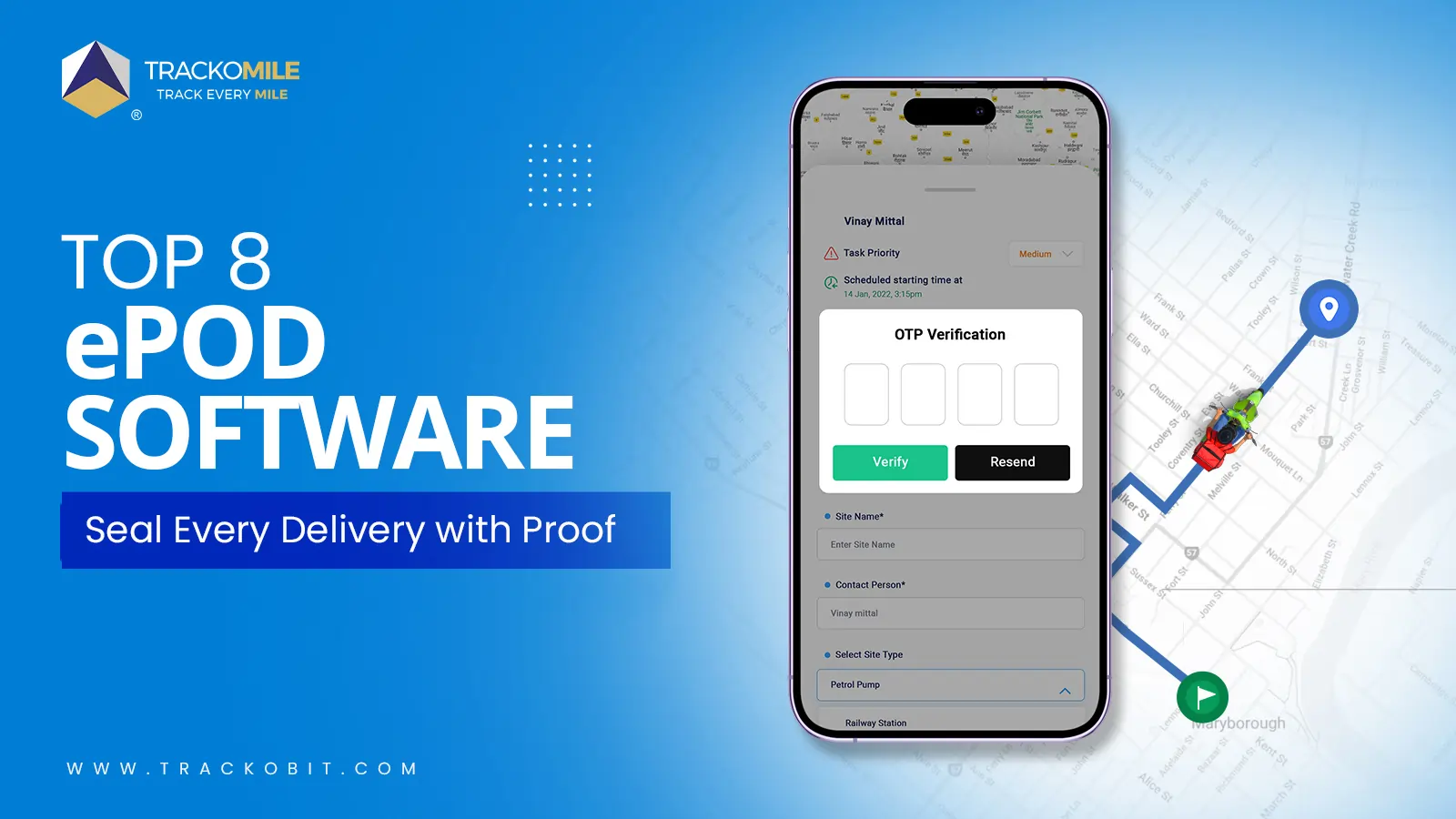
Top Electronic Proof of Delivery (ePOD) Software in 2026
Tithi Agarwal September 25, 2025Electronic proof of delivery has become the backbone of modern logistics. Explore the top 8 ePOD software in 2026 and…
-

3PL vs. 4PL: Which is Best for Your Business?
Tithi Agarwal September 25, 2024Confused about choosing between 3PL and 4PL for your retail supply chain? Read this blog to find out which is…
-

What is Payload Capacity? Payload Capacity Vs. Towing Capacity
Tithi Agarwal September 10, 2024Payload capacity is the total weight a vehicle can safely carry, and it is crucial for safety and compliance. Exceeding…

Subscribe for weekly tips to supercharge your last-mile delivery.
Your inbox awaits a welcome email. Stay tuned for the latest blog updates & expert insights.
"While you're here, dive into some more reads or grab quick bites from our social platforms!"Stay Updated on tech, telematics and mobility. Don't miss out on the latest in the industry.
We use cookies to enhance and personalize your browsing experience. By continuing to use our website, you agree to our Privacy Policy.


































